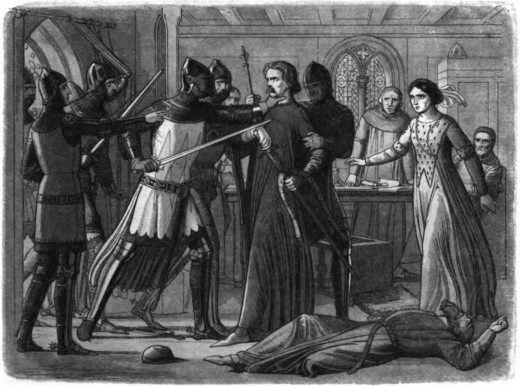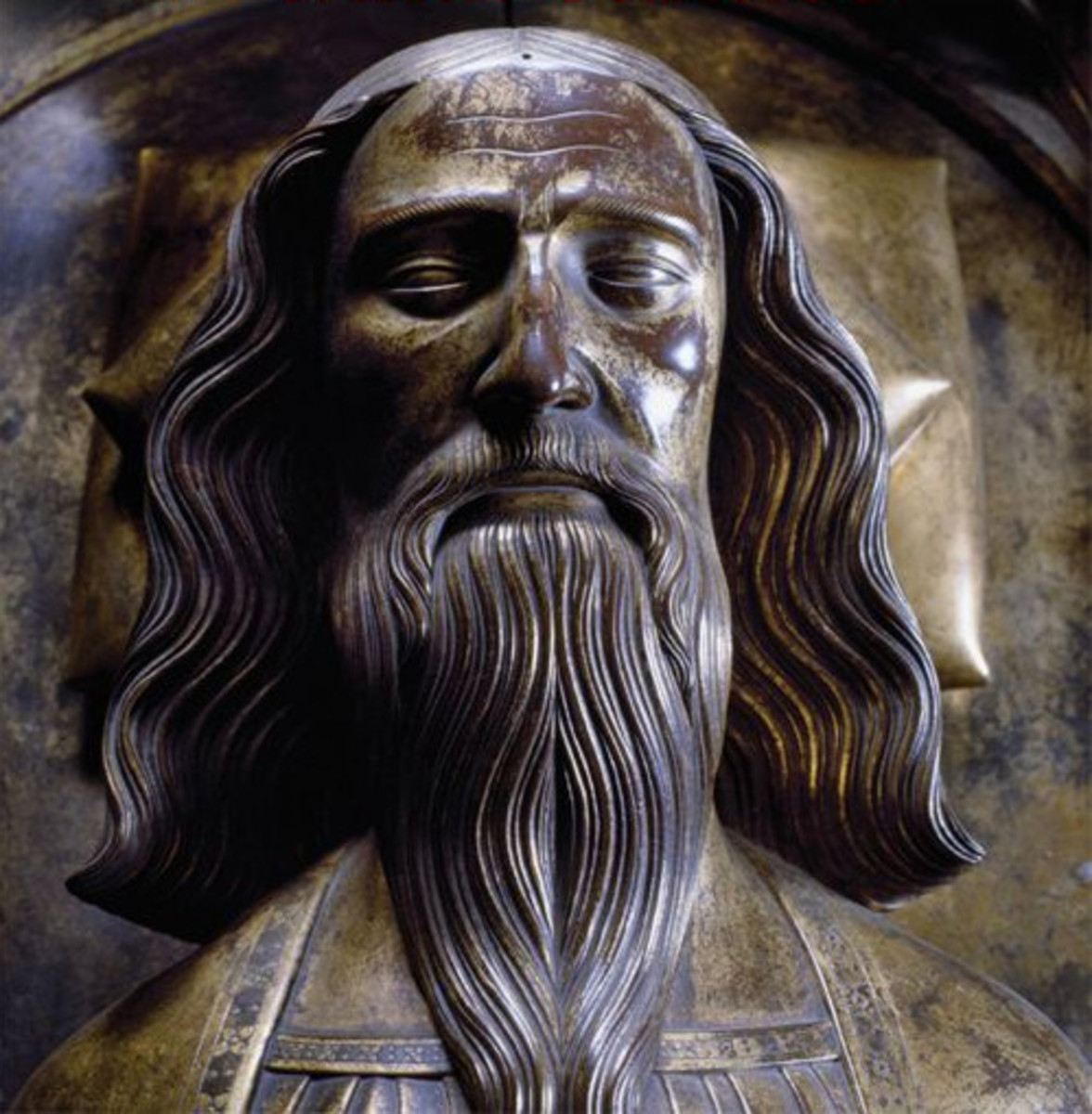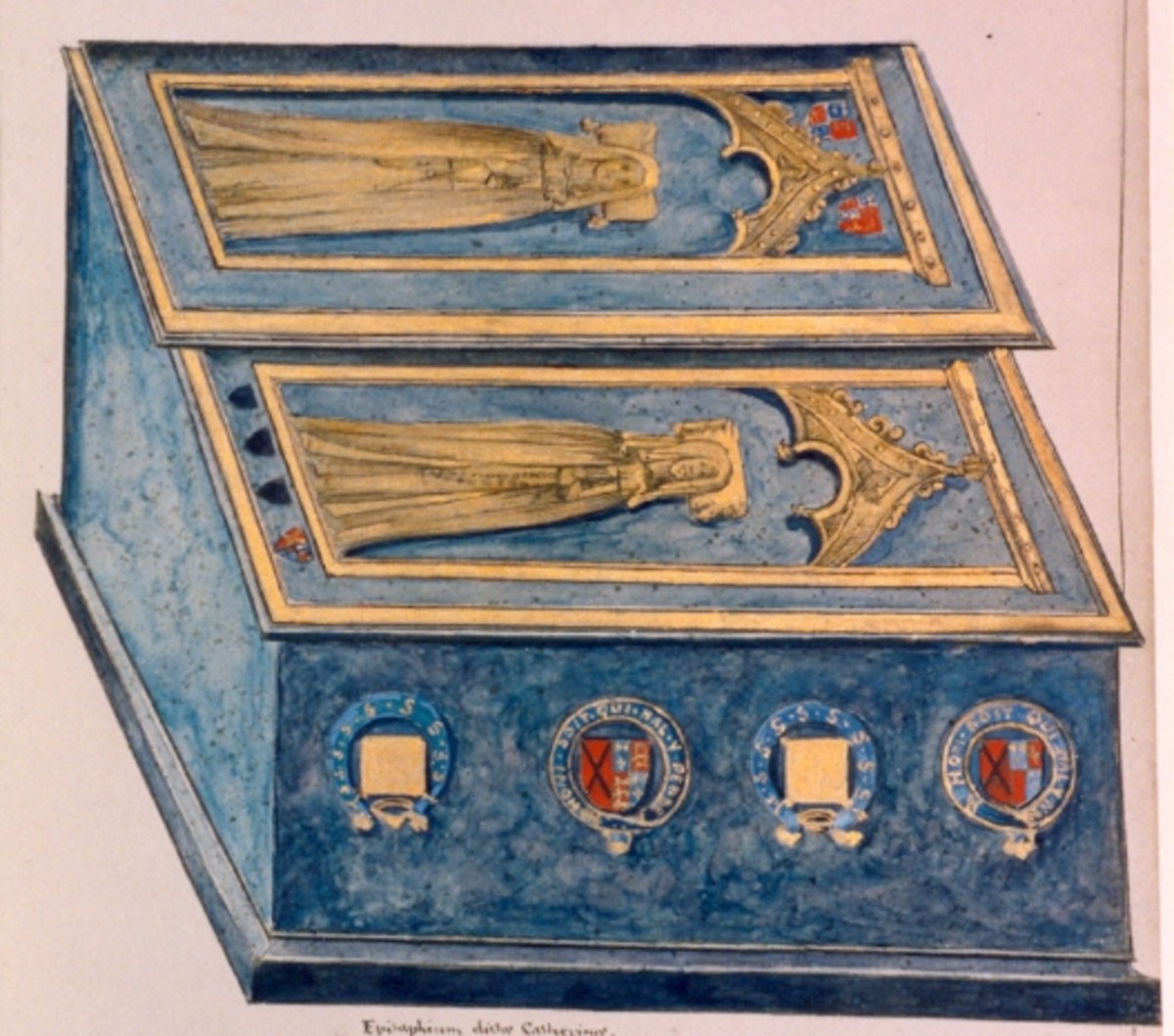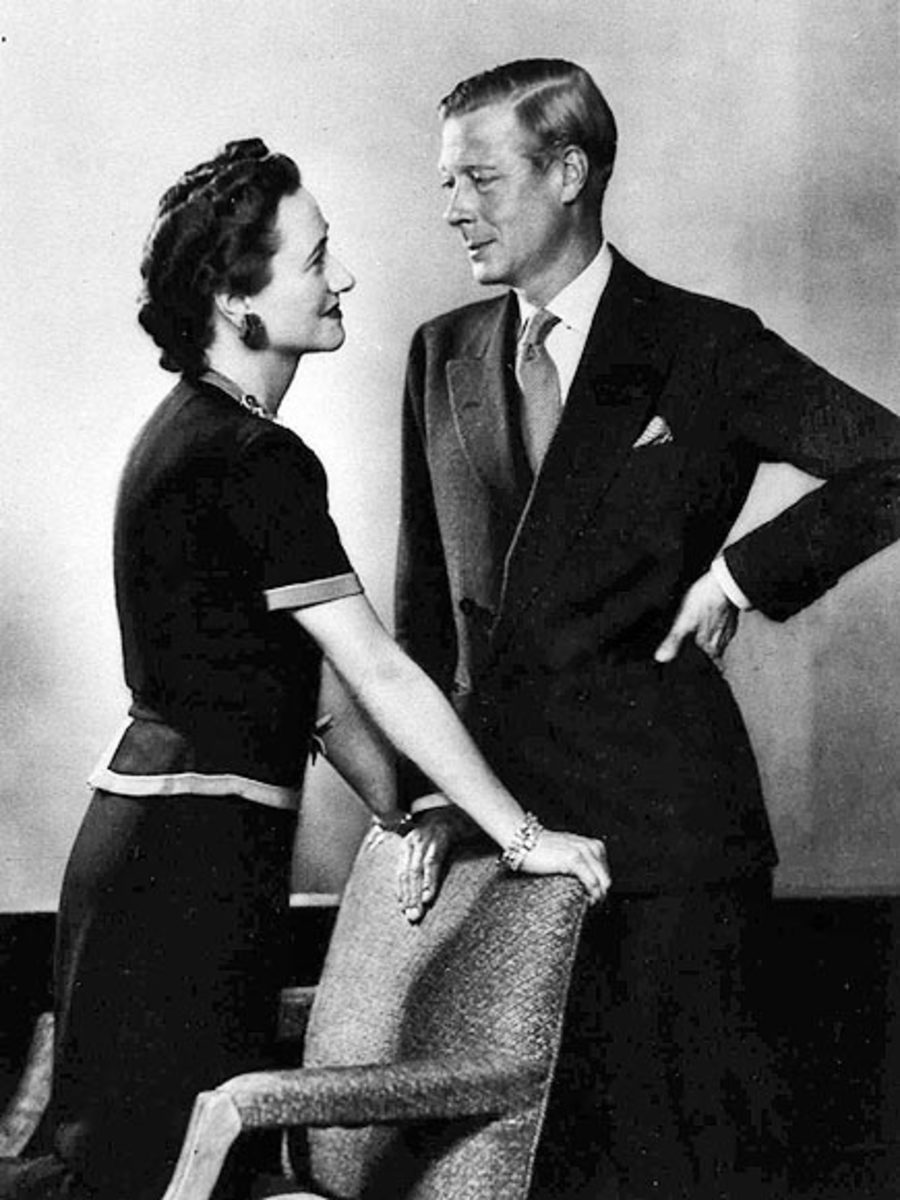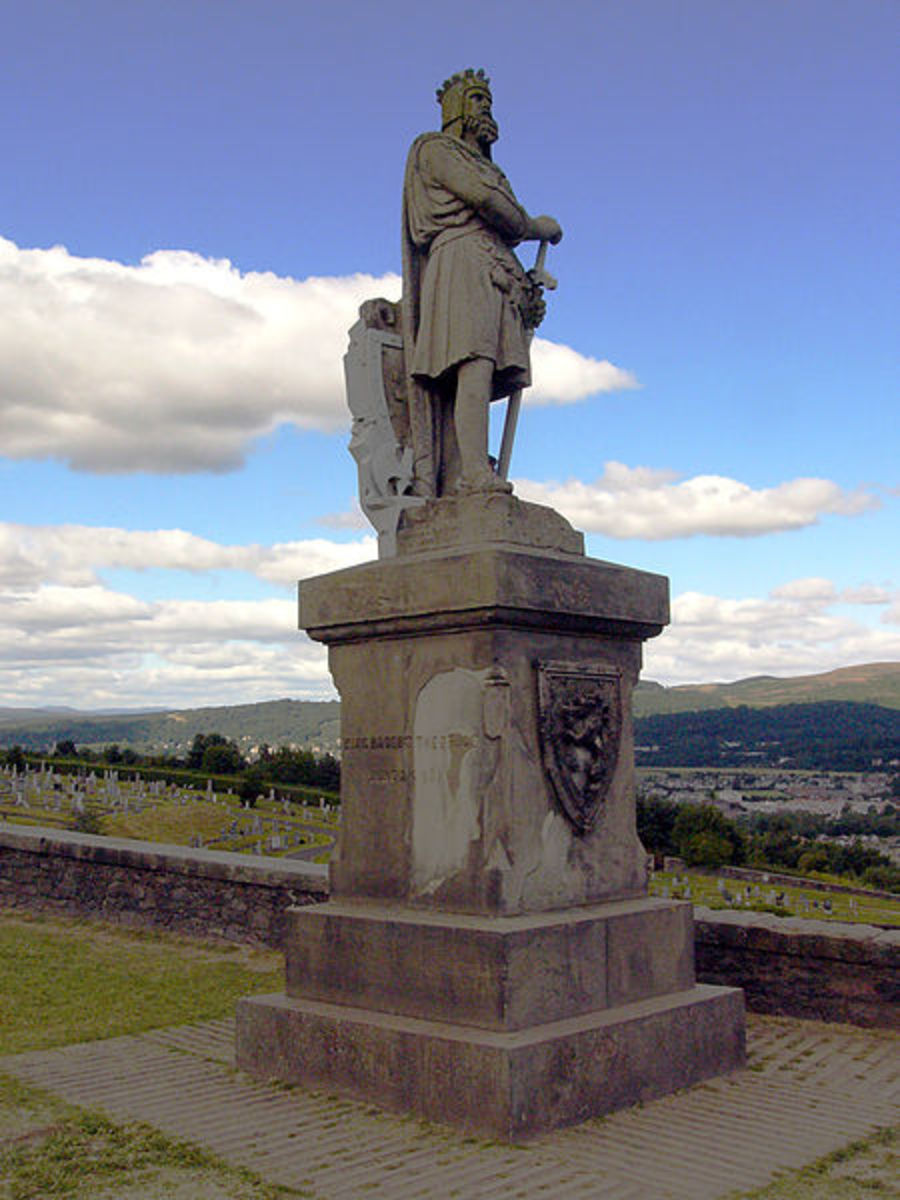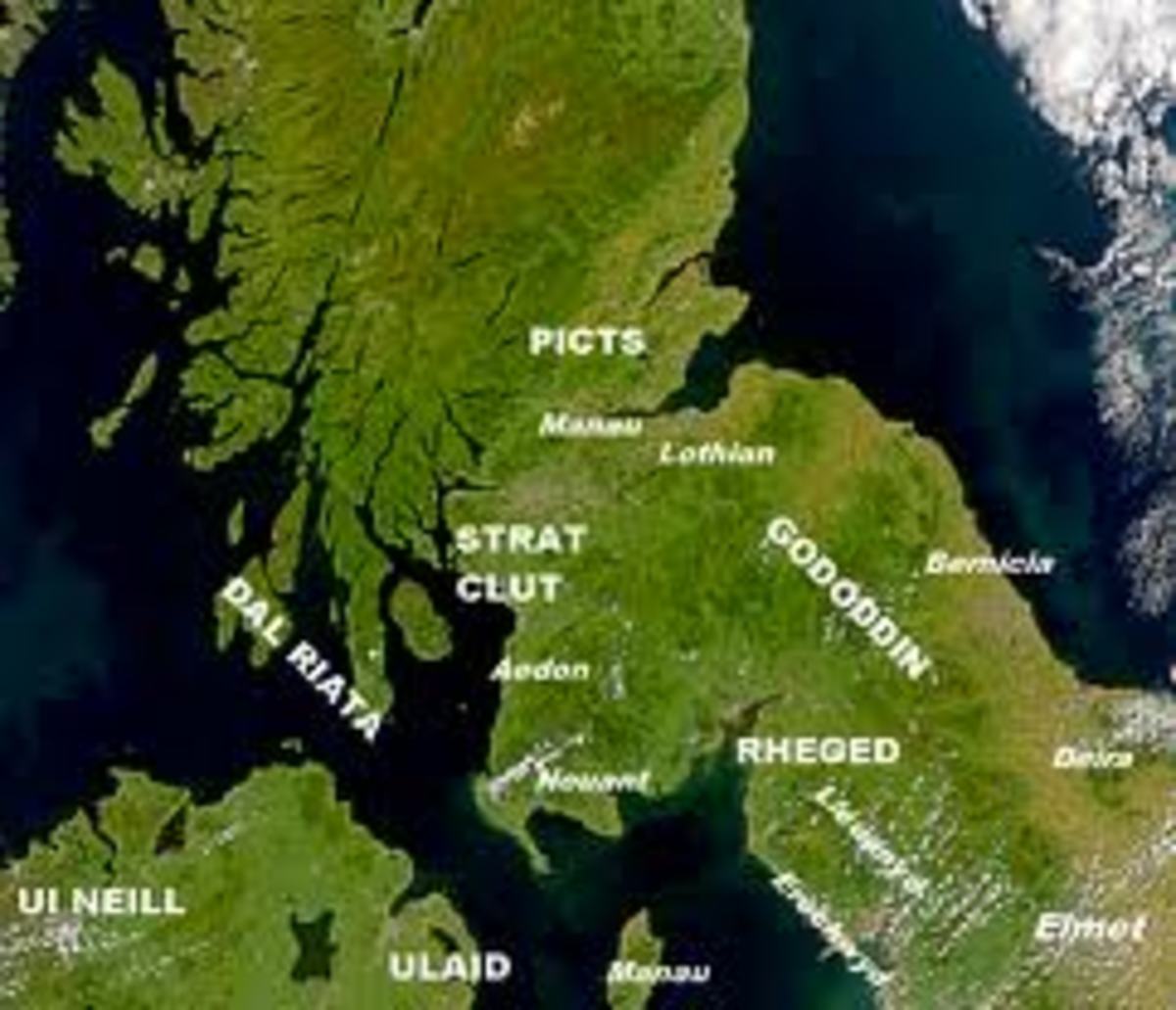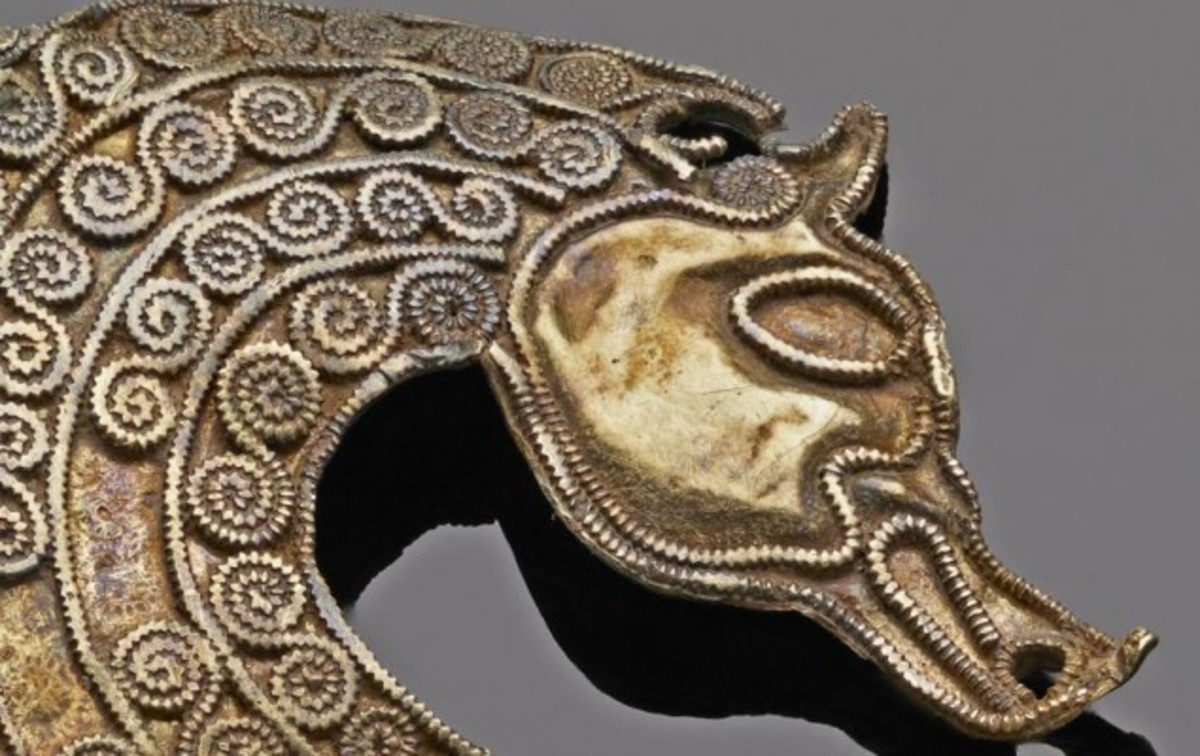- HubPages»
- Education and Science»
- History & Archaeology»
- History of Europe
She-Wolf: Isabella of France
Isabella of France
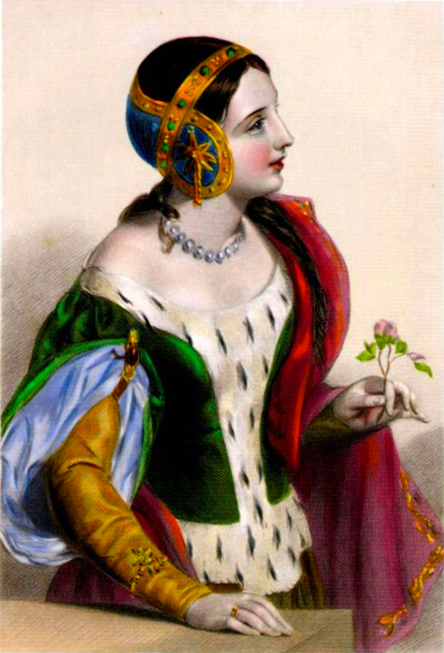
She-Wolf: Isabella of France
You know the story of Princess Isabella, right? The timid, gentle wife of a bratty gay prince, had a fling with the dashing William Wallace, leader of the oppressed Scottish people?
Yeah, well, let me set you straight on a few things.
Born sometime in 1295, the well-educated and self-assured Isabella was the only daughter of Philip VI, king of France and his wife Joan. When she turned seven years old, Isabella’s father, seeking to end the fighting with England over territory in France, betrothed her to the English prince Edward II, then seventeen years old. They were married by proxy (meaning a representative from the French court went to the English court and essentially said her vows for her) when she was ten, but the pope began to pressure the two royal families to make the marriage official, so at twelve years old Isabella was sent to England to meet her now twenty-two year old husband for the very first time … and discovered that the priceless jewels that her father had sent as a dowry for her were now adorning Prince Edward’s lover, Piers Gaveston.
At the time, it was the worst kept secret in England that the son of King Edward “Longshanks” (so named for his height), the unrelenting warlike oppressor of the Scots and his equally fierce wife Queen Eleanor I, was (possibly) homosexual, which may have been one reason why the pope was so impatient for Isabella to officially become the newly kinged Edward’s wife. Prince Edward himself greatly resented Isabella, even sitting with Piers instead of Isabella at their own wedding feast, greatly offending her uncles. Ignoring her as much as he could, Edward showered Piers, his lover since boyhood, with attention and gifts, even opening the royal coffers to Piers, allowing him to spend as much as he pleased. Isabella became greatly depressed, and her father Philip IV angrily interceded, pressuring Edward to be nicer to her and even grant her some land, which he had refused to do before.
Amazingly, at some point Edward was able to father the first of four children on Isabella (the movie Braveheart alleges that it was the Scottish patriot William Wallace who was the father of her first son, though there is zero evidence that it was anyone other than Edward.) By now Edward’s rule had become tenuous; the English barons and archbishops were becoming increasingly angry that Edward’s lover Piers was becoming a financial burden. Isabella tried to mediate the dispute, but the barons rebelled, driving Edward, Piers, and a very pregnant Isabella to seek refuge in Scotland. The rebel army soon caught up with the king, so Edward and Piers fled—abandoning Isabella and her unborn son. Isabella managed to escape capture, but Piers wasn’t so lucky; in 1312 the English barons caught up with him at Scarborough Castle and executed him.
Though the civil war ended with Piers’s death, things didn’t get much better for Isabella; after Edward’s army was soundly defeated by the Scots at the Battle of Bannockburn, Thomas Lancaster, one of the barons who had led the revolt against Edward and executed Piers, began seizing more power and cut off Isabella’s money. While on a trip visiting her family in France, Isabella began to suspect that her sister-in-laws were having affairs with their knights, and while it was proven true, it hurt Isabella’s popularity in France. The Great Famine of 1316 hit England, killing hundreds and hurting the country financially. And to complicate things further, a man later known as the Royal Pretender, John Deydras, claimed that he was actually the true king of England, lending more firepower to the nobles who still weren’t happy with Edward II.
Throughout all the insanity, Edward took a new lover, Hugh de Despenser. This couldn’t have been a worse pick for Edward, as the Despenser family and the Lancaster family had been bitter rivals for years. Thomas Lancaster was outraged, and, wanting to prevent another civil war, Isabella fell to her knees before Edward and begged him to exile the Despensers. Edward grudgingly agreed, planning to bring the family back at some point in the future. Soon afterwards, Isabella was violently denied entrance to a castle whose family was pro-Lancaster, leading to battle known as the Despenser War which resulted in the death of Thomas Lancaster.
Throughout all of this, Isabella’s hatred for Edward, Hugh and the Despenser family grew; the Despensers refuse to pay back any of the money they had borrowed from the queen during the war, and Edward was becoming more and more cruel to her. The final straw came when in 1319, a very pregnant Isabella accompanied Edward to Tynemouth Priory. Edward continued to ride south to muster more troops to fight the Scots, but Isabella protested, fearing for her safety. Edward ignored her concerns, and soon Isabella found herself under attack by the invading Scottish army led by their king, Robert the Bruce. Isabella narrowly escaped capture, and she blamed Edward for the fiasco. When she refused to sign a loyalty oath to the Despenser family, Edward had Isabella removed from court.
Filled with bitter hatred for her husband, Isabella returned to France to the court of her brother, King Charles IV. It was there that Isabella met a group of English lords who had been exiled by Edward. Among them was the Welsh Lord Roger Mortimer, a Lancaster supporter who had been captured by Edward’s troops but had managed a daring escape out of the Tower of London and into France. The two fell rapidly in love, and began to plot their overthrow of King Edward. They and their fellow exiles raised an army and a flotilla of ships, invading England and garnering massive support from peasants and nobles alike. They struck quickly, Isabella deftly maneuvering her ever growing army to cut off a frantic Edward’s attempts first at counter-attack, and then at escape.
Isabella's Coup
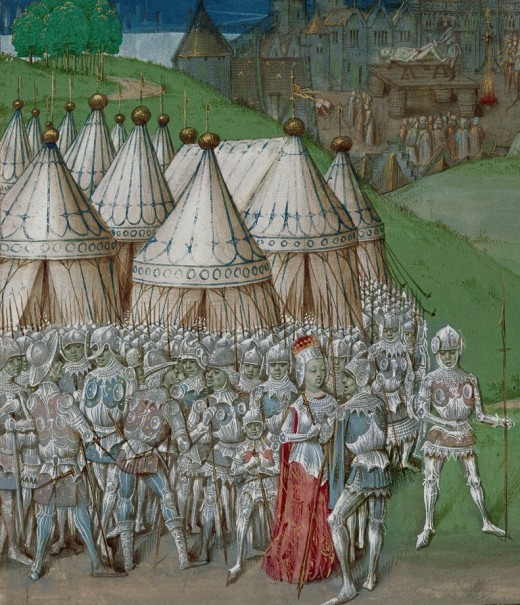
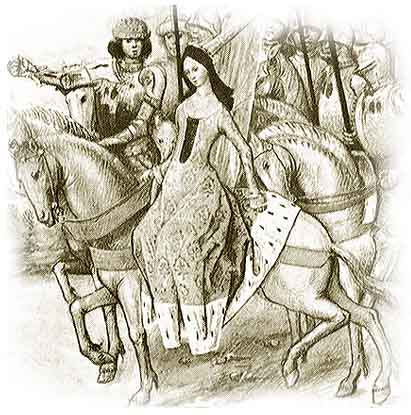
By 1327, Edward II was captured, and Isabella had him publicly defrocked as king, declaring him too mentally unfit to rule. She installed her thirteen-year-old son Edward III as king and herself as queen regent, issuing orders in the boy’s name. Isabella quickly ordered the execution of all of her former husband’s allies and grisly torture for those she accused of having sex with him. Isabella then locked Edward II in a cell above a room where she kept the rotting bodies of her enemies and attempted to kill him with torture and starvation, but not murder—she wanted him to die a “natural” death so that there wouldn’t be any reprisals from his supporters. Still, Edward stubbornly clung to life, and Isabella feared that as long as he lived then an army could be raised to free him. She ordered fifteen of her knights to enter Edward’s cell and kill him, telling them to make it look like a natural death. According to popular lore, the knights, incensed at the former king’s homosexuality, killed Edward II by running a red hot iron poker through his body (many historians believe Edward II actually escaped). Isabella was reportedly shocked by the gruesomeness of the murder, but the story goes that she then showed the body publicly to prove that he had not been murdered.
Isabella and Mortimer, now earl of March, ruled England for four years, keeping a tentative hold on a country that was becoming more and more frustrated with their inability to control their spending or win any decisive battles against the Scots. Their popularity was further hurt by Mortimer’s resounding arrogance and the fact that, though she removed a despised king, many people looked at Isabella as an adultress and murderer.
Finally, in 1330, the now eighteen-year-old King Edward III had Mortimer arrested, leading his men into Mortimer and Isabella’s bedchambers and dragging the man out of bed. In a panic, Isabella threw herself at her son’s feet, pleading, “Fair son, have pity on gentle Mortimer!” Unfortunately for her, Edward III had no pity for the couple who had murdered his father; he had Mortimer executed and placed his mother under house arrest at Castle Rising in Norfolk.
It was said that Isabella fell into despair at the loss of her beloved Mortimer, frequently wandering around the castle ramparts and wailing, sounding like the howling wolf she was accused of being. Perhaps hearing of his mother’s grief softened Edward III’s fury at her, because after several years he allowed Isabella back into royal society. Now a fixture in her son’s court, Isabella lived in luxury and loved to spoil her grandchildren. The “She-Wolf of France,” as she became known, died peacefully in her sleep on August 22, 1358.
Isabella of France works cited:
Women Warriors, by David E. Jones
Warrior Women, by Robin Cross & Rosalind Miles
Hell Hath No Fury, by Rosalind Miles & Robin Cross
Mad Kings & Queens, by Alison Rattle et al
Uppity Women of Medieval Times, by Vicki Leon
“Isabella of France,” https://en.wikipedia.org/wiki/Isabella_of_France
“Isabella of France,” http://britannia.com/history/biographies/isabella_france.html
“Isabella of France,” http://www.historytoday.com/richard-cavendish/edward-ii-marries-isabella-france
Edward III Seizing Mortimer
